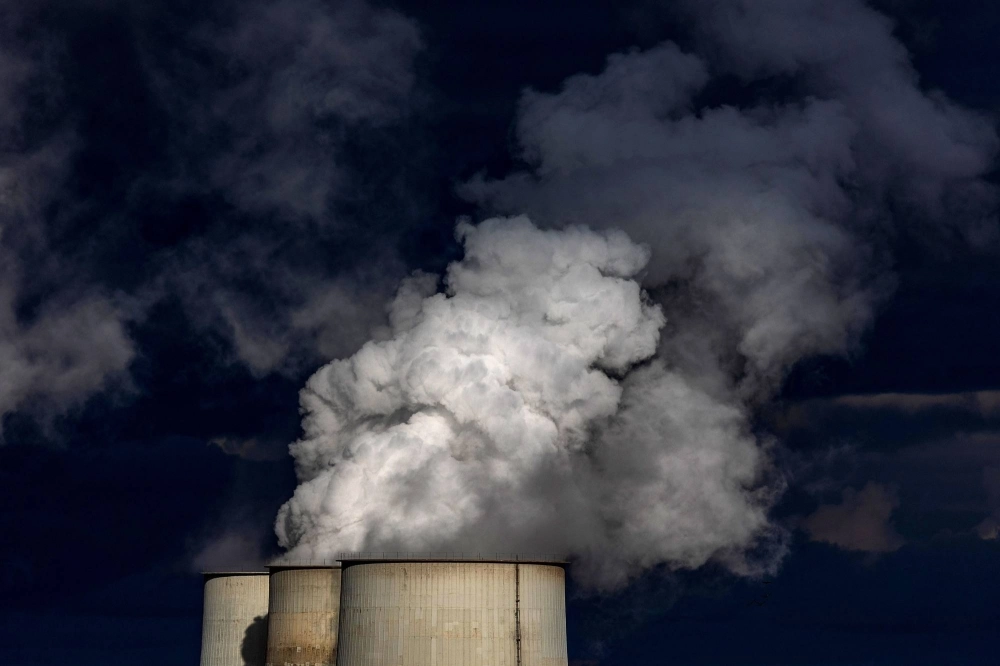An ominous climate science report from the United Nations in 2021 offered one hopeful thread amid warnings of rising seas and strengthening storms: Once all countries nix greenhouse gas emissions, it noted, warming is likely to stop pretty quickly.
The finding provided extra motivation for the world’s net-zero campaign, suggesting as it did that the fruits of everyone’s labor could show up without much delay.
But the encouraging conclusion was also fuzzy. While surface temperatures might stabilize quickly, other shifting parts of the climate are harder to slow once set in motion. Science needed a better crack at the question.
A group of 21 Earth scientists took on the challenge, analyzing how more than two dozen different systems on land and at sea might change in a post-emissions world. Their conclusion, published Tuesday in the journal Frontiers in Science, is that once the world’s countries reach net-zero goals, global temperatures will most likely stabilize — but not definitely.
There's also a substantial chance that global warming could continue as the heat works its way through the climate, and a chance the world could cool by the time we hit zero because the extra heat is already rippling its way through.
"Even in a world that stabilizes its global temperature, we would expect to see continued sea level rise, ecosystem changes, changes to ice sheet mapping, continued ocean warming and acidification of the ocean waters,” said Sophia Palazzo Corner, a PhD student at the Center for Environment Policy at Imperial College and lead author of the study.
"There may be some subtlety about when zero falls and where peak warming falls,” she added. "And that should be used to help inform decisions about adaptation and also mitigation, if you’re aiming to keep below a certain temperature threshold and you haven't accounted for an extra bit” of warming.
In other words: The uncertainty is itself an argument for reducing emissions as quickly as possible. If any warming can be expected to follow the end of widespread emissions, countries will want to accelerate their plans and supercharge efforts to remove carbon dioxide from the atmosphere.
"The climate is a very complex system and it’s hard to know precisely how it’s going to respond to changes like this,” said Zeke Hausfather, a researcher with Berkeley Earth who was not involved in the study. "What's really neat about this study is it digs deep into all the different mechanisms that could affect” the change in global temperature after we reach net zero.
One complicating factor is the balance of heat between the ocean and the atmosphere. The ocean captures more than 90% of the planet’s additional heat, which is working its way down to deeper waters. Even if net zero is reached, the ocean may continue to warm as heat travels down from the surface to its depths. That continued warming counteracts the cooling of the atmosphere.
"But we don’t understand each of those systems fully so they might not fully cancel each other out,” Hausfather said. "That’s where a lot of the uncertainty comes from, as well as all the various feedbacks that the paper discusses.”
The study acknowledges that the world is messier than the simplicity implied by "What happens after net zero?” Risks also emerge around permafrost, ocean-ice sheet interactions and wetland methane emissions, among other examples. Emissions reductions are also likely to be gradual, and emissions impacts will last decades if not centuries. Regardless of temperature, many other aspects of Earth’s systems will continue to feel the effects of global warming long after achieving net zero.
Because of the uncertainty the study identifies, net zero might be considered more of a milestone than a final destination, according to Declan Finney, a research fellow in cloud physics at the University of Leeds. "It’s helpful to have clearly marked net zero as a waypoint, not a finish line,” he said. "Climate change won’t stop when we reach net zero.”




















With your current subscription plan you can comment on stories. However, before writing your first comment, please create a display name in the Profile section of your subscriber account page.